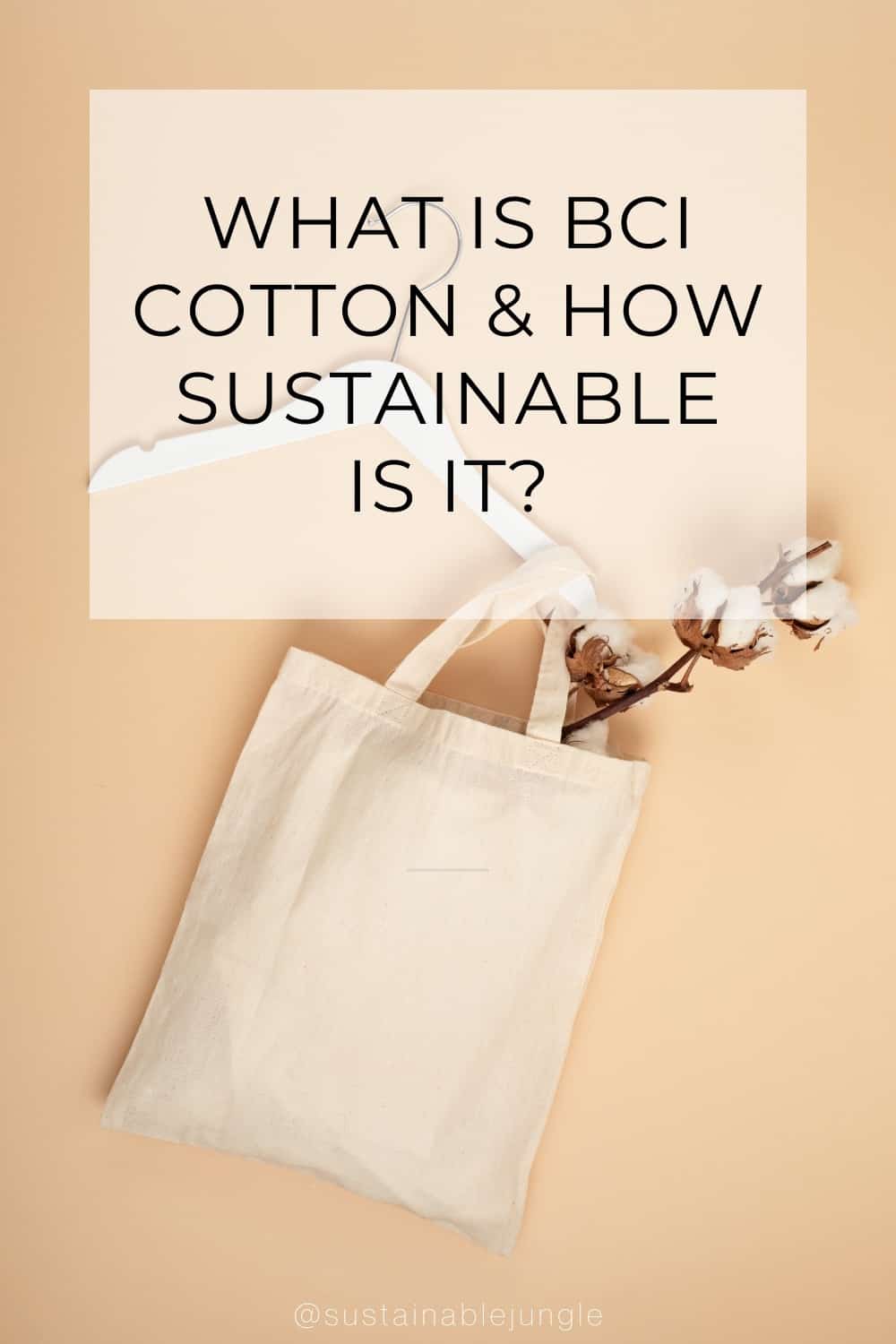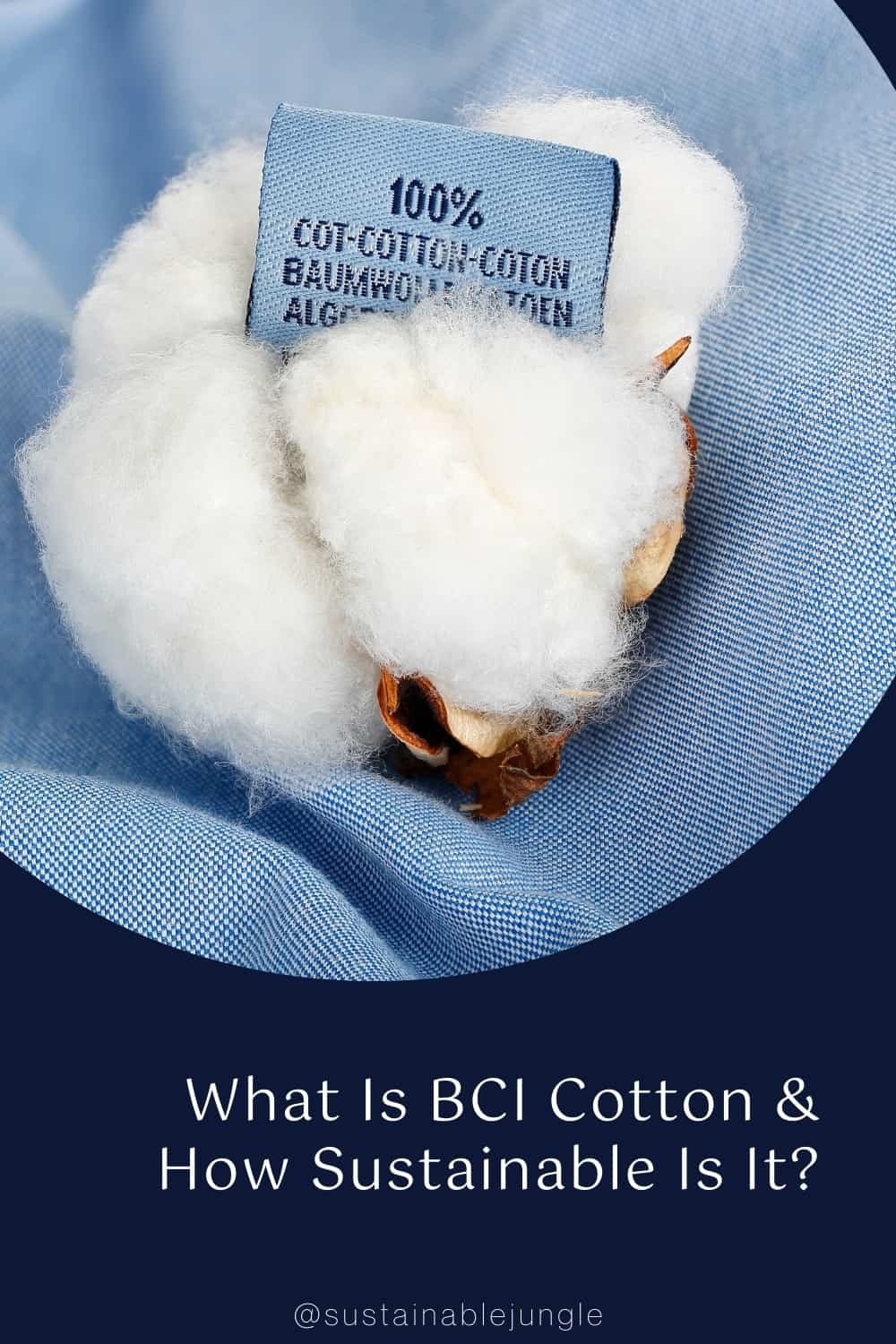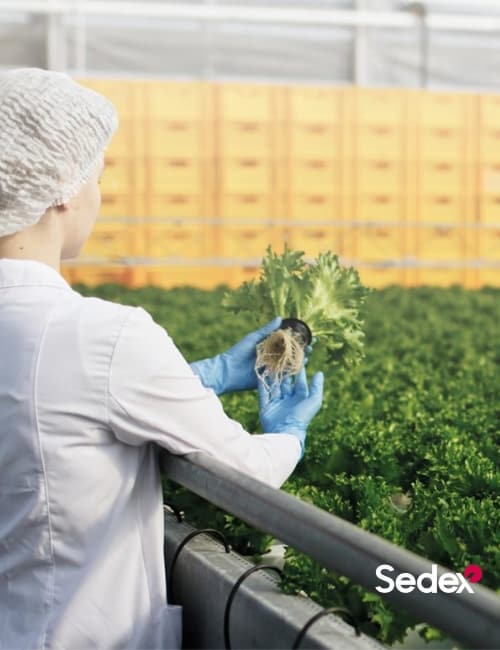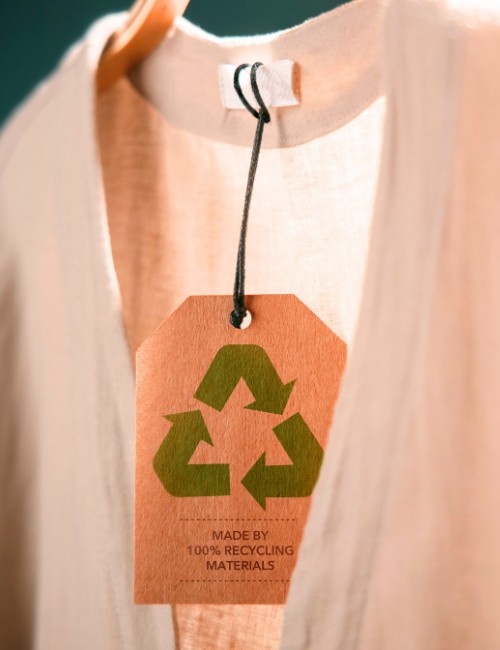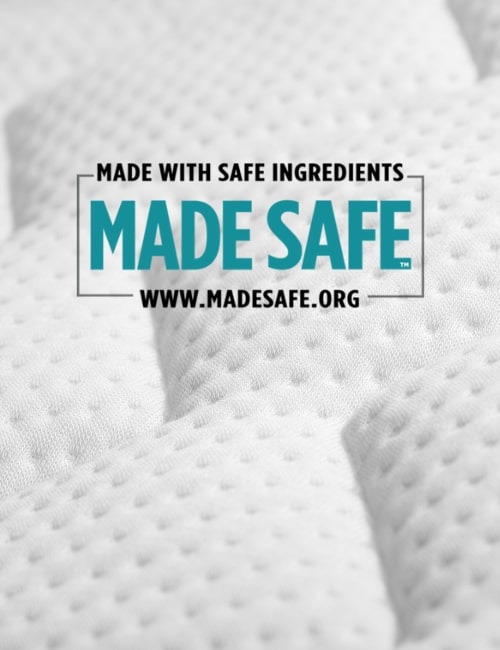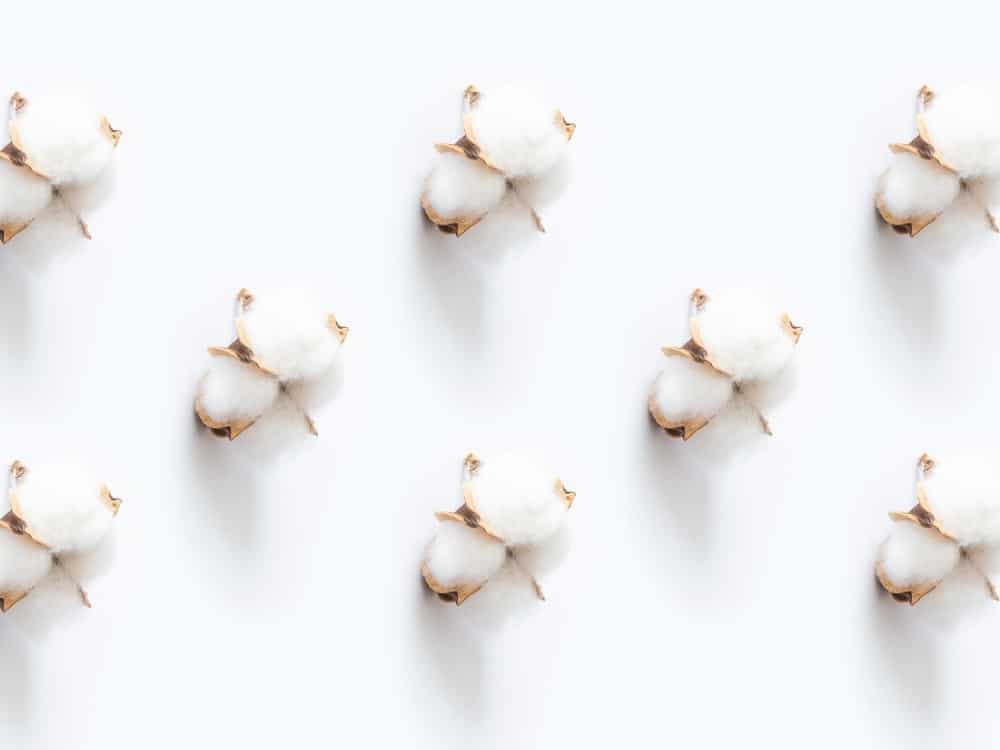
What Is BCI Cotton & How Sustainable Is It?
What is BCI cotton?
BCI, or “Better Cotton Initiative”, is one of many logos you may see when reading clothing labels and tags, or something a brand may brag about using—but is BCI cotton sustainable?
With an increasing number of sustainability certifications and initiatives, it’s not merely a tick box question.
Especially when “better” doesn’t always translate into better for people and planet.
Let’s take a deep dive into what “Better Cotton” means by answering the question: what is BCI cotton certification?
The Full List for BCI Cotton – Sustainability & Ethics
1. Overview Of BCI
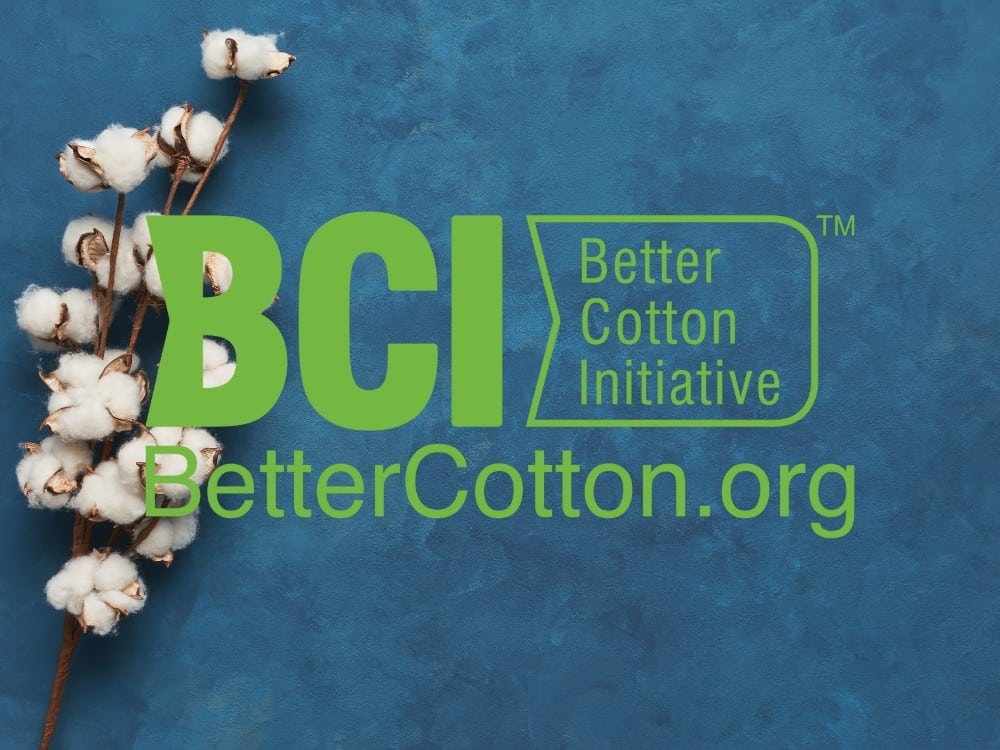
Cotton—albeit natural—is a pretty nature-compromising material.
Unless it’s organic cotton, the fabric is heavily genetically modified, uses almost a quarter of the insecticides sold worldwide, and requires ⅓ of a pound of fertilizers to produce just a single t-shirt.
The world’s “dirtiest crop” takes a significant toll on the people who produce it.
Better Cotton Initiative
It became clear that better cotton was needed, so in 2005, the BCI came about to deliver.
Early on, initial support came from organizations like Adidas, Gap Inc., H&M, IKEA, Organic Exchange, Oxfam, and Pesticide Action Network (PAN) UK.
Now, more than 2,400 civil society non-profits, producer organizations, suppliers and manufacturers, retailers and brands, and other entities contribute to the BCI.
What does BCI mean?
It stands for the Better Cotton Initiative, commonly referred to as just “Better Cotton”.
What is the Better Cotton Initiative?
Convened by WWF, the non-profit and multistakeholder governance group recognized that cotton needed to be better for smallholders, farm workers, and farming communities.
As such, Better Cotton takes a farmer-centric approach.
Providing education and knowledge, they work with them to increase yields, improve working conditions, provide greater financial security, and better well-being.
2030 Strategy
Sustainability has taken a backseat to financial aims since BCIs inception, but it may drive more of the organization’s future efforts.
The 2030 Strategy, released in December 2021, centers around 5 impact targets:
- Climate change mitigation: Reduce greenhouse gas (GHG) emissions of every tonne of BCI cotton by 50%***
- Soil health: Improve soil health to enhance resilience to climate change, productivity, and farmer income
- Pesticide use: Reduce the volume and toxicity of pesticides to support human health and farmer incomes; increase adoption of Integrated Pest Management (IPM) practices
- Smallholder livelihoods: Eradicate farmer poverty by improving farmer resilience to the effects of climate change and fluctuations in the global cotton trade
- Women’s empowerment: Reduce gender inequality and discrimination
***While fertilizer production and application and the power used for irrigation are recognized as the largest drivers of GHG emissions in cotton production, the Strategy doesn’t elaborate on how these inputs will be optimized for a more sustainable future.
2. How Common Is BCI Cotton?
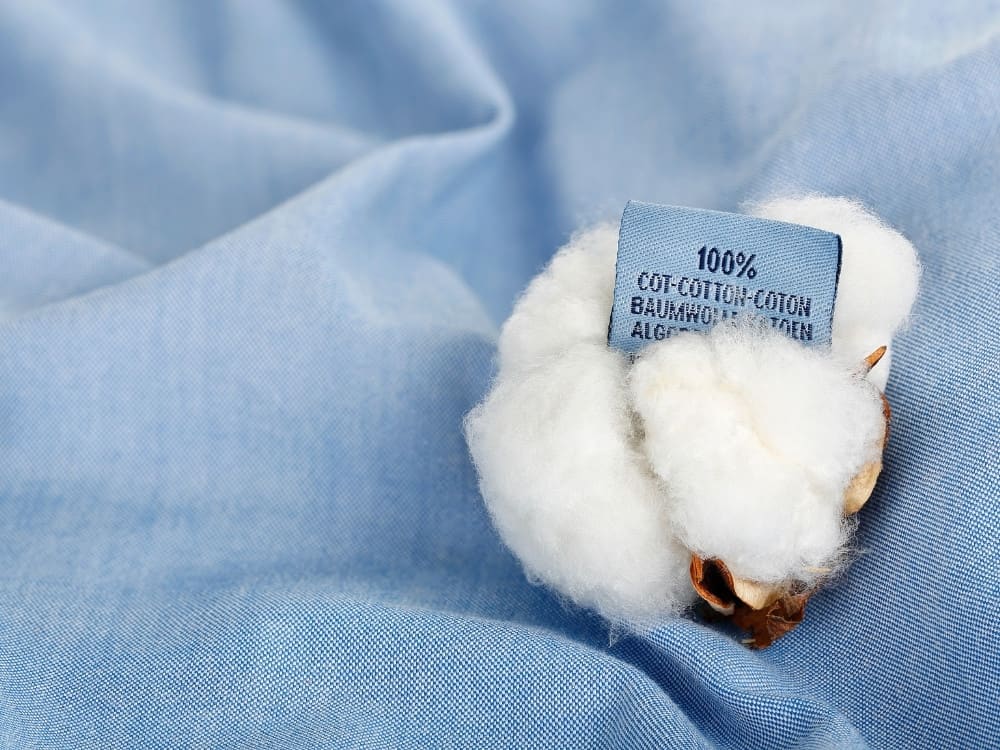
BCI is one of the world’s leading sustainability initiatives, at least in terms of numbers.
In 2021, there were more than 2.2 million Better Cotton farmers spanning 24 countries.
Together, they produced 4.7 million tons of BCI cotton—or 20% of the world’s total cotton production.
With membership continuing to skyrocket (a 35% increase from 2020 to 2021 alone), it’s likely we will continue to see more BCI cotton in the future.
3. BCI Cotton Standard
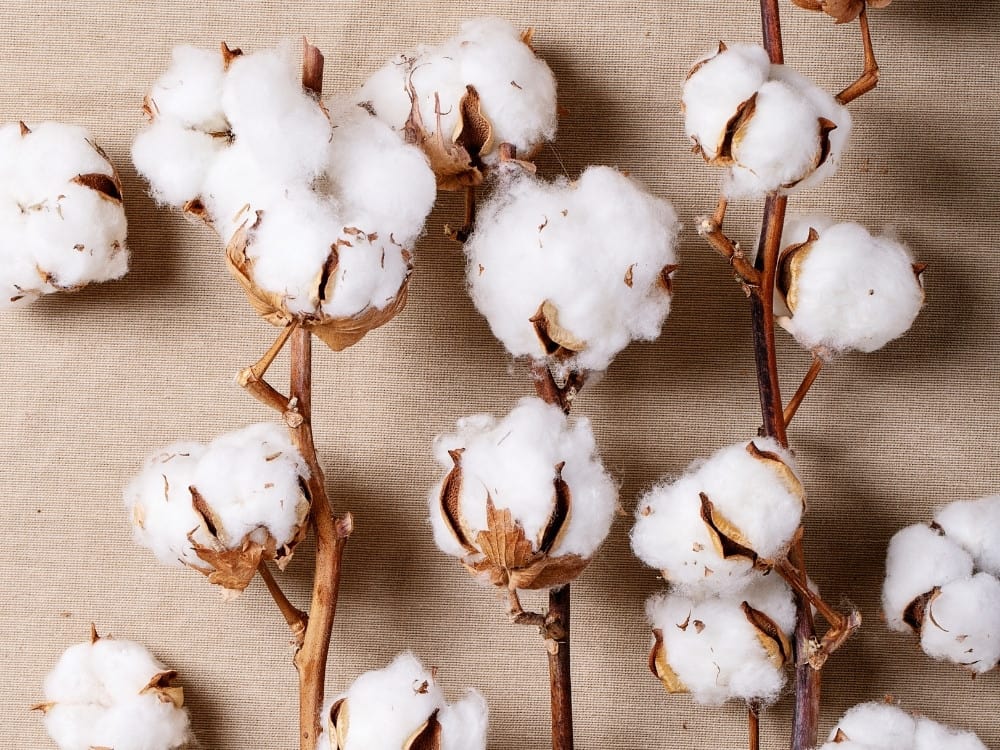
The BCI cotton certification is undoubtedly reaching more and more farmers and brands, but what exactly does it mean?
“Better” cotton as envisioned through the organization’s Principles & Criteria, has evolved over the years.
What is the BCI Cotton Standard?
The Better Cotton Principles & Criteria (read: not exactly an abiding standard) are based on seven core principles:
- Crop protection: Use of Integrated Pest Management to reduce pesticide reliance and phase out Highly Hazardous Pesticides
- Water: Promote water stewardship so that water is used in a way that’s environmentally, economically, and socially equitable
- Soil health: Develop a Soil Management Plan that identifies soil type and methods that could be used to maintain soil structure, enhance soil fertility, and improve nutrient cycling
- Biodiversity: Adopt a Biodiversity Management Plan
- Fiber quality: Use best practices during harvest, storage, and transportation
- Decent work: Farmers have a right to decent working conditions
- Management system: Farmers are supported in using a management system to ensure they meet the Principles and Criteria
4. BCI Cotton vs GOTS Cotton
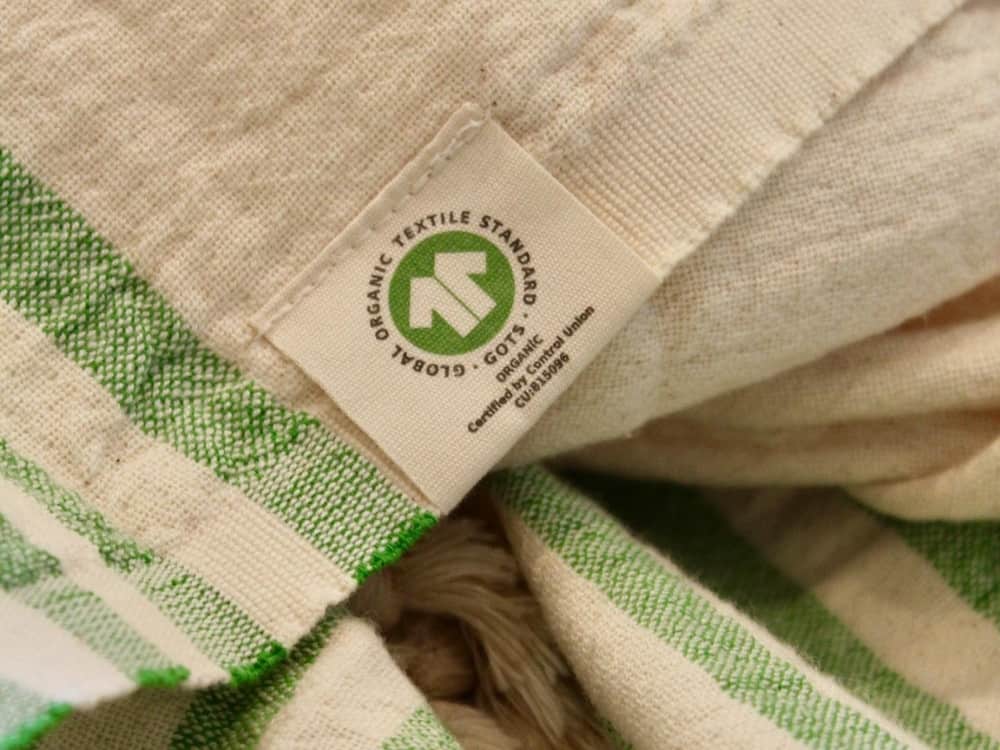
How reliable is the BCI cotton standard in comparison to other popular sustainable cotton ones, like GOTS?
GOTS stands for Global Organic Textile Standard, meaning it can only be used for textiles made with at least 70% certified organic natural fibers.
To compare BCI cotton with organic cotton and get a better understanding of the two, we need to look at the differences in inputs and technology.
GMOs
One of the first things to note with BCI vs organic cotton is that BCI is a mainstream initiative that works with many farmers using genetically modified (GM) cotton varieties.
Their adopted position of being “technology neutral” means they’re unlikely to take a stance against GMO cotton anytime soon.
Since GMOs cannot be considered organic, this is one major divergent point between BCI and GOTS cotton.
Pesticides
By 2024, BCI farmers are phasing out class 2 pesticides deemed most hazardous by the WHO.
Producers must also have a plan to phase out pesticides defined as carcinogenic, reprotoxic, or mutagenic—but there is no fixed timeline for doing so.
On the other hand, to bear the GOTS seal, cotton may not be grown with any synthetic pesticides.
Fertilizers
Organic-approved fertilizers are the only ones in use for organic or GOTS cotton.
These include manure, compost, rock phosphate, bone meal, chicken litter, and vermicompost.
Alternatively, manure is not encouraged by BCI as a primary option for fertilization.
While the organization recognizes that poor management of fertilizers is associated with groundwater pollution and high nitrous oxide emissions, improved fertilizer management is only suggested at this stage.
Only on large farms are fertilizer needs assessed with soil tests and applied using precision agriculture technologies.
While BCI farmers in Pakistan used 17% less synthetic fertilizer than similar farmers in the region, there’s nothing to suggest this is the case in BCI’s other 23 countries of operation.
BCI Cotton versus Conventional Cotton
At first glance, it seems like BCI cotton isn’t all that different from conventional cotton.
Unlike organic cotton, BCI and conventional cotton don’t require “seed to shelf” sustainability efforts throughout the entire supply chain—from growing and ginning to spinning and shipping.
While some BCI farmers may use integrated pest management (IPM) and cover crops to replace the need for pesticides and fertilizers, there’s no way for consumers to trace BCI cotton to the farms employing these.
In other words, there’s really no way to know whether organic practices are behind any particular BCI-marked eco-friendly towel or robe.
That said, it’s better to think of BCI cotton as conventional cotton, with a tiny bit of extra attention paid to things like pesticide use and soil health.
5. Ethics And Sustainability Of BCI Cotton
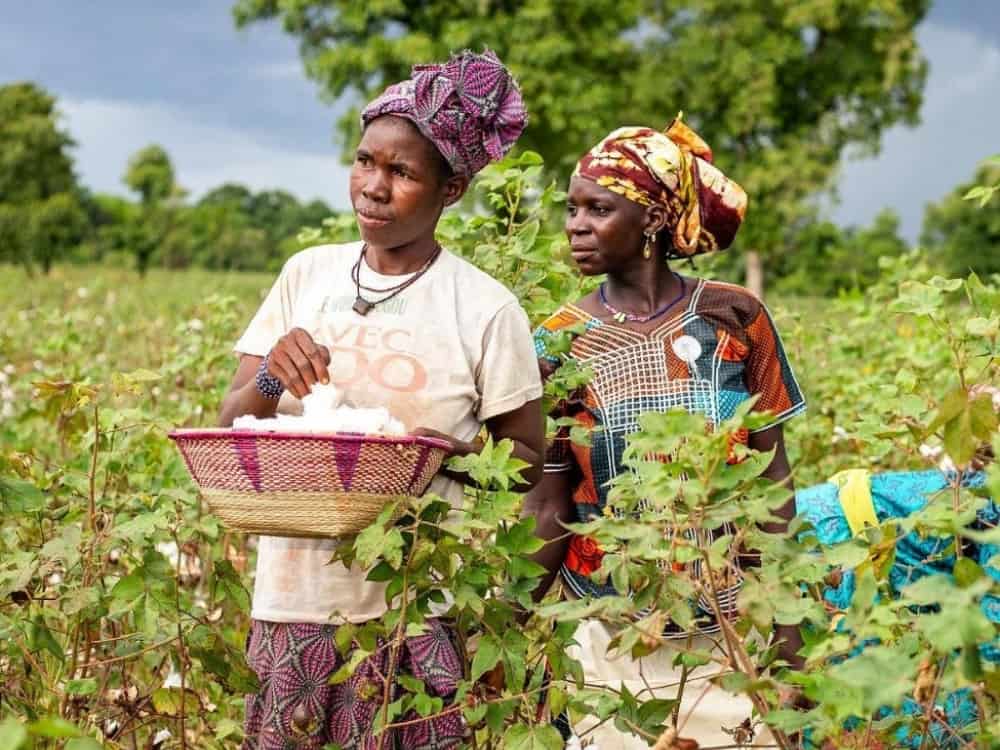
How sustainable is BCI cotton?
Based on the current evidence, BCI doesn’t really seem to want to deviate from the status quo when it comes to “Better Cotton.”
While they recognize the environmental impacts of things like fertilizers, they don’t really do much to urge farmers to shift to more sustainable alternatives, like compost or manure.
True, BCI farmers are taking steps to cease the use of the most hazardous pesticides BUT there is no sunset date even for those considered to be carcinogenic or mutagenic.
BCI’s principles are also non-binding.
For purportedly wanting to cut BCI cotton’s GHG by 50% by 2030, it’s questionable (at best) whether they have the teeth (i.e practices or principles) in place to make this happen.
That said, there still are some BCI cotton benefits to mention.
In a 2018 study assessing Indian cotton farmers, BCI cotton required less water and primary energy than conventional cotton.
It was also associated with lower eutrophication rates and slightly less soil acidification and global warming potential.
As a limitation, the study didn’t assess differences in soil types, erosion, or nutrient content between the investigated farms.
How ethical is BCI cotton?
BCI cotton has been linked to forced labor of Uyghurs, or Muslims living in Xinjiang (Chinese-occupied East Turkestan).
Our friends at Moral Fibres investigated the alleged forced labor and they found an interesting trail of events.
- Since 2017, there have been reports of forced labor camps in Xinjiang (where more than 20% of the world’s cotton comes from).
- Reports of BCI cotton being sourced in Xinjiang came about in 2020.
- Shortly thereafter, BCI announced in a now-deleted statement that they would cease operations in that region.
- In early 2021, China blacklisted (i.e. blocked from the internet, removed from digital maps, cut off taxi services) many brands associated with BCI, like Nike, Adidas, and H&M.
- BCI then removed any public statements regarding its ceased operations in the Xinjiang region. The only thing that remained was a statement saying that they had not found any signs of forced labor.
- Following that, the End Uyghur Forced Labour organization released a statement saying, “By continuing to operate in China without being clear on its zero tolerance for forced labour and its rationale for exiting the Uyghur Region, BCI is allowing itself to be used by the Chinese government to claim that business can go on as usual and to deny the ongoing crimes against humanity, including widespread and systematic forced labour.”
In 2020, BCI formed a Task Force on Forced Labour and Decent Work.
A report from the 12 experts was published, but it appears that only BCI members are able to download it after filling out a form.
With “transparency’ that murky, we can’t help but raise some greenwashing red flags.
Is BCI cotton traceable?
As of 2020, BCI was working to develop a Chain of Custody (CoC) framework that would serve as a tracking system for their cotton.
With more than 10,000 supply chain actors, they recognized that challenges like the need for resources, sourcing and IP concerns, and full member support would prove difficult in ensuring more traceability and transparency.
The page for their Chain of Custody Advisory Group has since been deleted.
While they “anticipate a solution could be ready as early as 2022,” there doesn’t appear to be any further development in this space.
6. Can You Trust BCI Cotton?
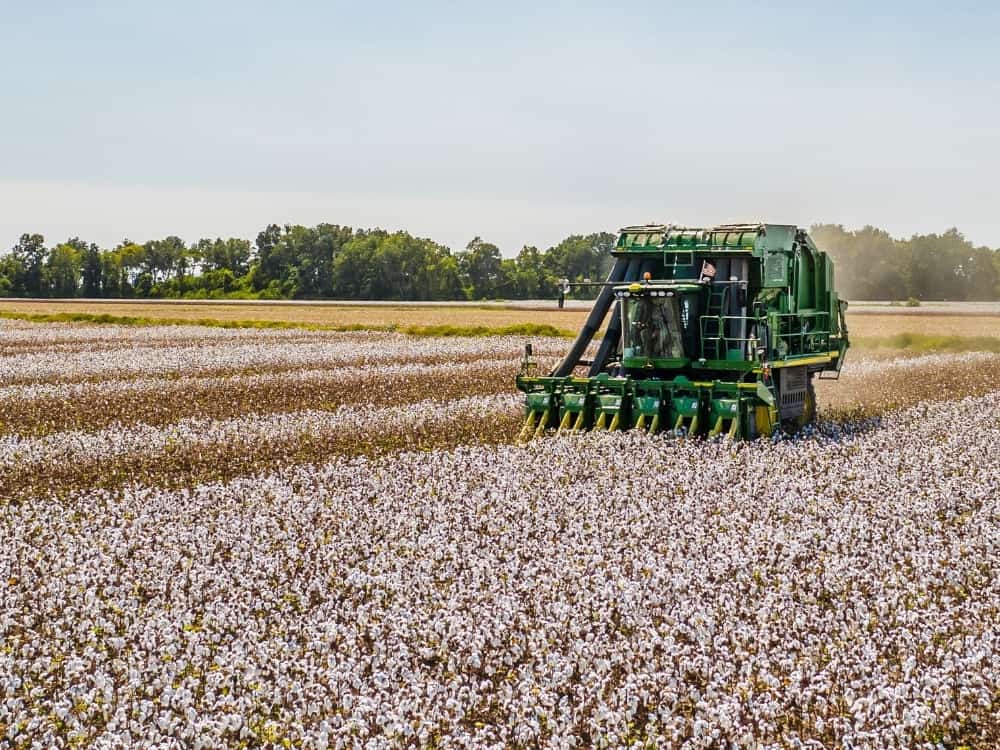
If you were to look at Better Cotton’s 2030 Strategy Report you would see “fertilizer” talked about just nine times and “pollution” mentioned only once.
But “economic”, “brands”, and “market” are discussed 42, 24, and 25 times, respectively.
It’s easy to see which P of the triple bottom line—people, planet, profit—BCI still has roots in.
Although consumers increasingly want more sustainable fabrics, it’s worrying that “Better Cotton” may only be better for business—not better for our planet or its people.
Funded by Fast Fashion
BCI’s funding stream is a testament to this, too.
According to their website, “the vast majority of funding […] comes from Retailer and Brand Members.”
When some of these brand members include fast fashion giants like H&M, Gap, and Zara, you have to wonder if they’re just funding an initiative often mistaken as a labeling system because it’s easy and cheap to slap a BCI logo on a cotton t-shirt.
That may not actually mean that it’s made from better cotton.
“Better” Cotton—but Less Organic Cotton
The Changing Markets Foundation works to expose irresponsible corporate practices, and they’re wondering about BCI’s trustworthiness, too.
In their report, The False Promise of Certification, BCI was ranked as one of the worst schemes.
Not only does the organization tolerate pesticides and GMOs, but its popularity has actually driven down consumer demand for organic cotton—something with actual ethical and environmental benefits.
Even worse, under BCI participation, many farmers have switched from organic to GM cotton.
7. How To Look For BCI Cotton Products

Asking how to verify BCI cotton textiles may not actually produce the intended environmental and ethical results a consumer is seeking.
However, it’s still valuable to know how to verify BCI cotton fabrics—if only because you’d rather avoid it.
There are a few ways you can do this.
The logo until 2021 was light green and bolded BCI letters with the wording “Better Cotton Initiative.”
More recently, you can expect to see a lowercase ‘b’ with a cotton symbol in the center, along with the words “better cotton.”
Alternatively, you can find members (BCI cotton brands) on the organization’s website.
Did you know we Have a Newsletter?
We cover the latest in sustainable living, fashion, zero waste, beauty, travel, finance and more…
Final Thoughts On The BCI Cotton Standard
So, what are the benefits of BCI cotton?
If you’re one of the popular BCI cotton brands—like H&M and Adidas—BCI cotton is beneficial because consumers looking for sustainable cotton might fall victim to greenwashing and purchase one of your cotton tees.
But is BCI cotton sustainable?
No, not really.
And BCI doesn’t appear to be supporting farmers either, even when “Decent Work” is one of its seven principles.
BCI joins the ranks of other organisations and bodies like the trio of forestry certification programs who are criticized for not being as eco and ethical as consumers may believe.
So educate a friend who believes BCI is indeed “better” cotton by sharing this post.
Pin these:
